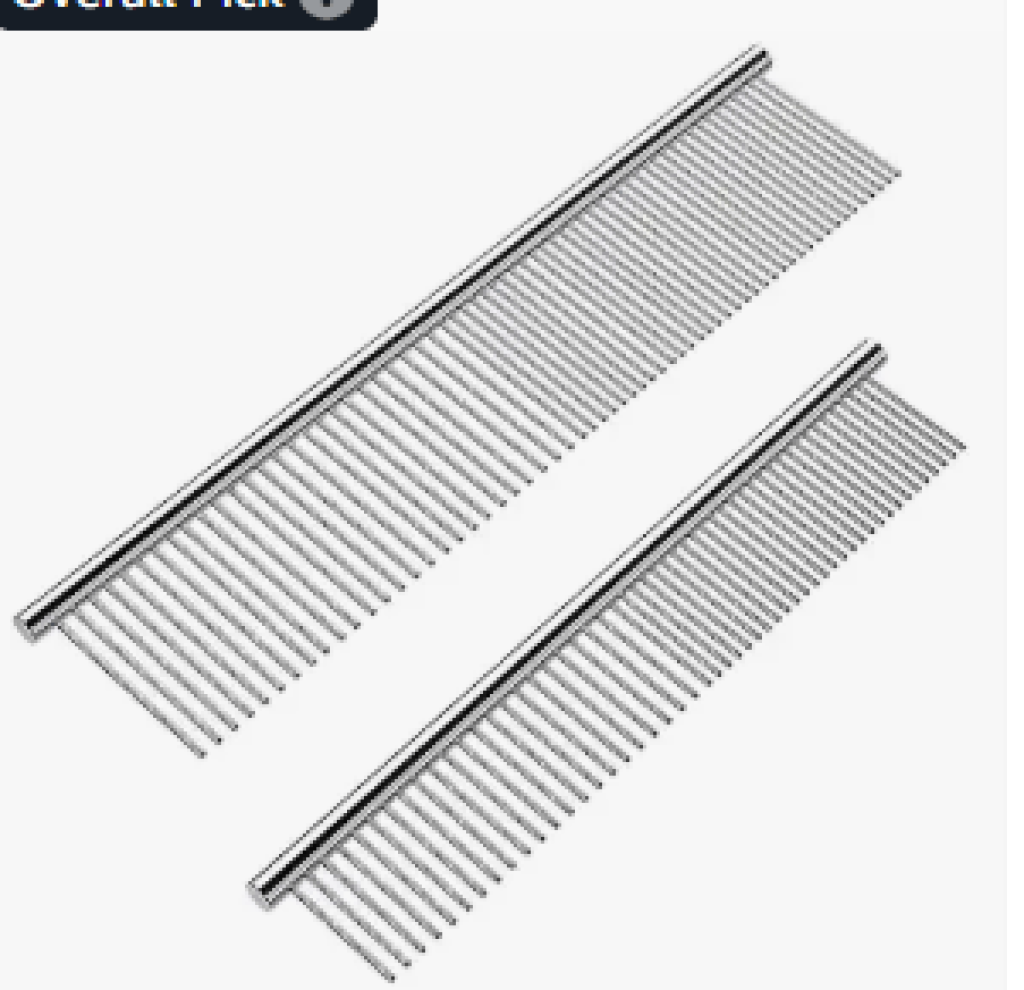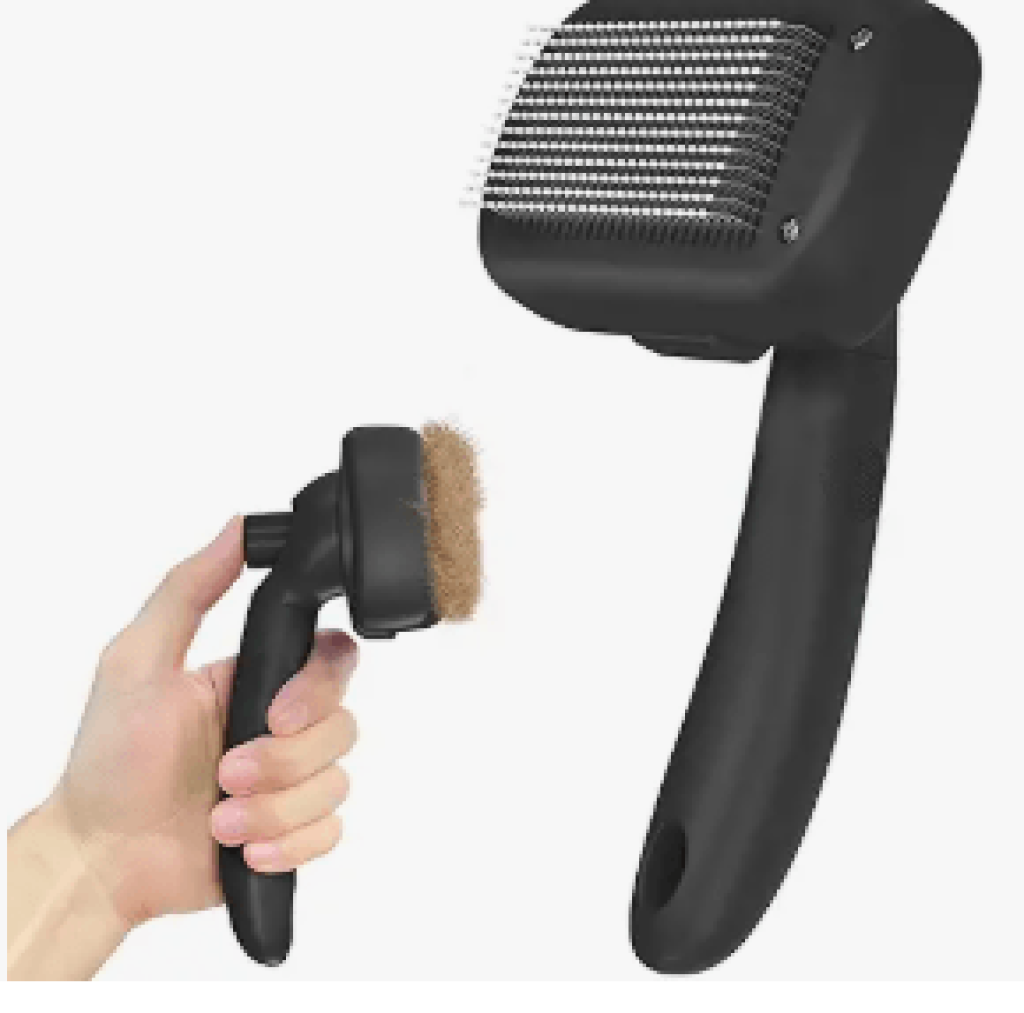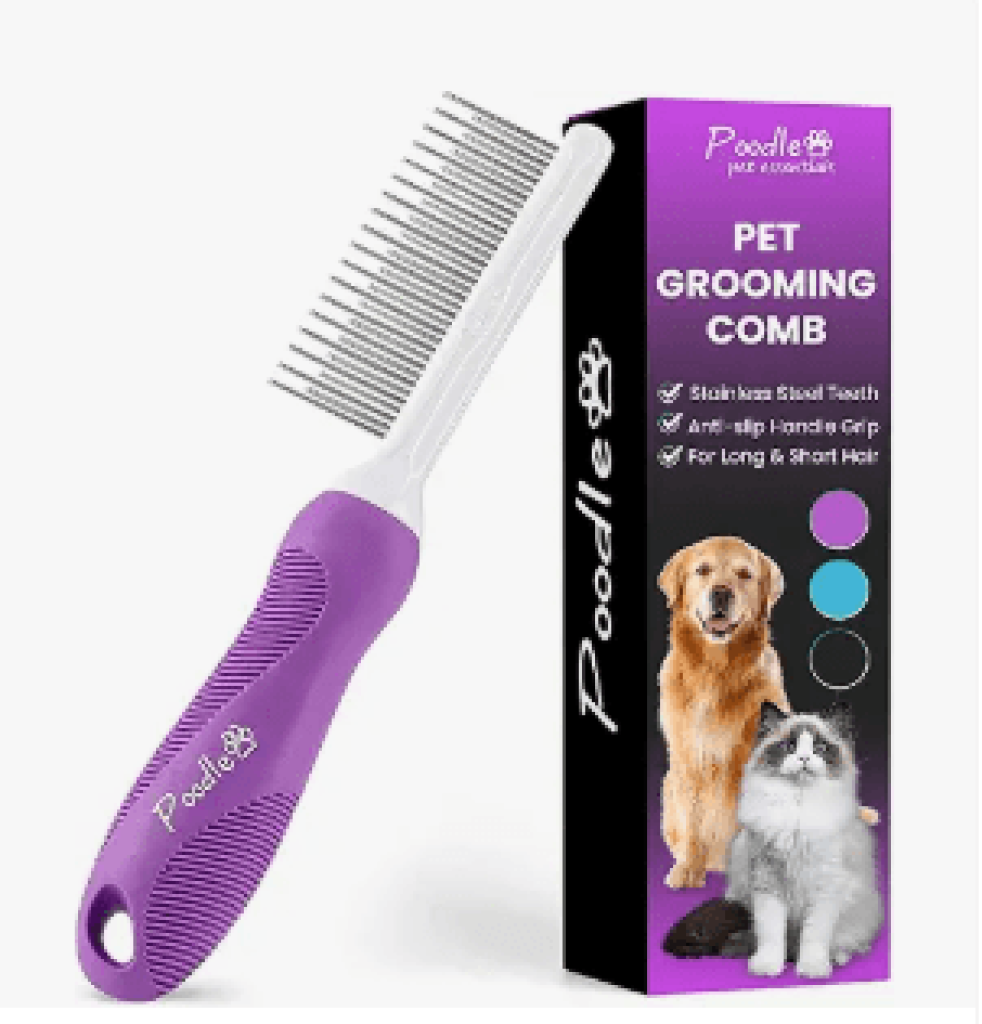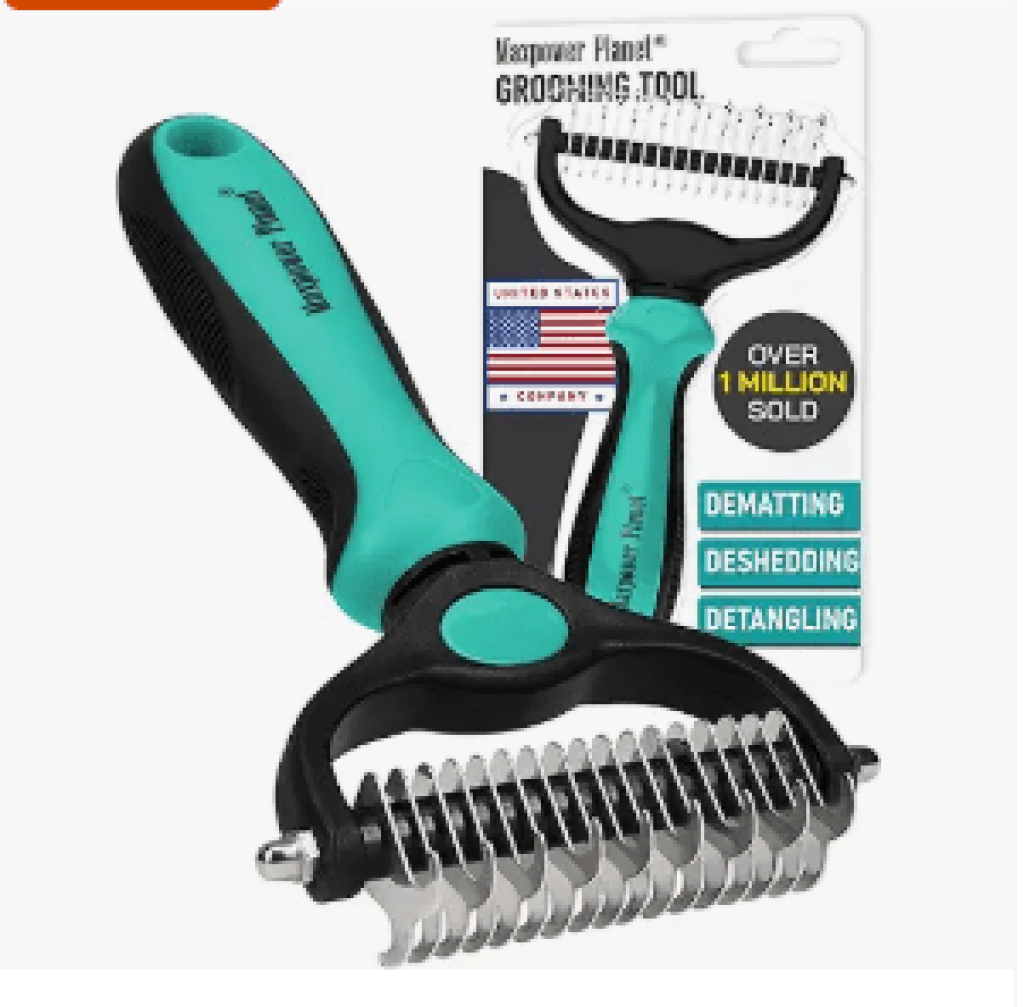Combing your dog’s hair is not just for cosmetic reasons; it also has profound effects on the health and comfort of your pet. Regular combing can prevent the formation of hair tangles, which can cause skin problems and discomfort for your dog. It also helps you identify any abnormalities or skin problems early.
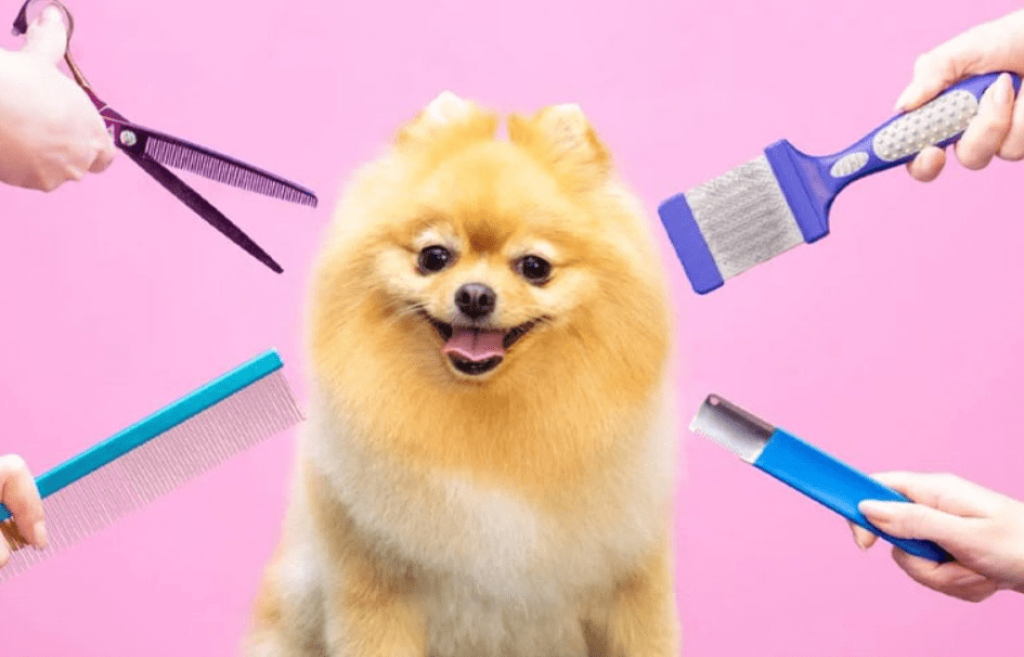
Outward Hound Fun Feeder Slo Bowl, Slow Feeder Dog Bowl
Tools Needed for Combing Your Dog’s Hair
To get started, you first need to get the right tools. Choosing the right tool depends on the type and length of your dog’s hair. Here are some key tools:
- Soft and hard brushes: suitable for short and long hair.
- Metal combs: for removing tangles and excess hair.
- Pet scissors: for trimming and trimming long hair.
Correct ways to comb your dog’s hair
Step 1: Preparation
Before you start combing, you need to provide a calm and suitable environment for your dog. A calm environment and your patience can make the brushing experience a positive one for your dog. If your dog is uncomfortable being brushed, it is best to gently pet him first to calm him down. Pet Supplies : The Best Tools and Supplies
Step 2: Combing
Combing should start from different parts of the body. It is recommended to start from the back of the neck and move towards the tail. When combing, always work slowly and gently so as not to damage the dog’s skin. Also, if you encounter hair knots, use a metal comb to untangle them without damaging the skin.
Step 3: Check the skin and coat
After brushing, carefully examine your dog’s skin and coat. Look for any signs of redness, inflammation, or itching that may indicate skin problems or the presence of parasites. It is also very important to check for ticks and fleas.
Combing by Dog Hair Type
Short Hair Dogs with short hair need less brushing, but they should still be brushed regularly to remove dead hair and dust.
Medium Hair Dogs with medium hair need more brushing. These dogs may be more prone to tangles and should be brushed more carefully.
Long Hair Dogs with long hair need more attention and care. These dogs should be brushed daily to prevent tangles.
Benefits of Regular Brushing of Dog Hair
Regular brushing of dog hair not only helps improve the appearance of your dog, but it also has many other benefits:
Strengthens the bond between owner and dog: Brushing provides an opportunity for closeness and strengthens the bond between you and your dog. Pet Vaccination Schedule
- Early detection of health problems: Through brushing, you can detect any skin abnormalities or other health problems in a timely manner.
- Preventing hair tangles: Regular combing prevents hair tangles and related skin problems.
Key tips for combing dog hair
- Checking the condition of the skin and hair: After combing, check the condition of the dog’s skin and hair.
Combing dog hair is a necessary and important process that not only helps your dog’s beauty, but also his overall health. By following the right tips and methods, you can prevent skin and other related problems and keep your dog in the best condition. - Choosing the right tools: Choose the right tools based on the type and length of your dog’s hair.
- Patience and gentleness: Always be patient and gentle with your dog to make the process enjoyable for him.
- Regular combing: Comb your dog’s hair at least once a week.
Dog Grooming FAQ
Everything you need to know about brushing your dog’s coat
Yes, brushing all dogs’ hair is important, regardless of their hair type and length. This not only helps remove dead hair and dirt, but it also helps distribute skin oils naturally and prevent tangles.
The frequency of brushing depends on the type of dog’s hair. Short-haired dogs may need to be brushed less often, such as once or twice a week. However, long-haired dogs should be brushed daily to prevent tangles.
Choosing the right tool depends on the type and length of your dog’s hair. For short-haired dogs, soft brushes are best. For dogs with long or medium-length hair, wire combs and stiffer brushes are recommended.
It’s best to start brushing at a young age and make it a positive experience for your dog. Use treats and petting to reinforce positive behavior. Also, do the brushing in a calm environment so your dog feels comfortable.
Yes, brushing your dog’s coat can help you spot any signs of skin problems, such as redness, inflammation, itching, or parasites more quickly.
Regular brushing can help reduce hair loss because it removes dead, loose hair and stimulates the skin, which helps new hair grow.
If there are tangles, use a metal comb and gently untangle them. If the knots are very tight, you may need to use scissors. Never try to force the knots out, as this may damage the dog’s skin.
Yes, proper nutrition can help to keep their coat healthy and shiny. Nutrients such as protein, vitamins, and omega-3 and 6 fatty acids are essential for healthy skin and coat.
Pro Tip
Make grooming a bonding experience with your dog. Regular brushing sessions not only keep your dog’s coat healthy but also strengthen your relationship.

